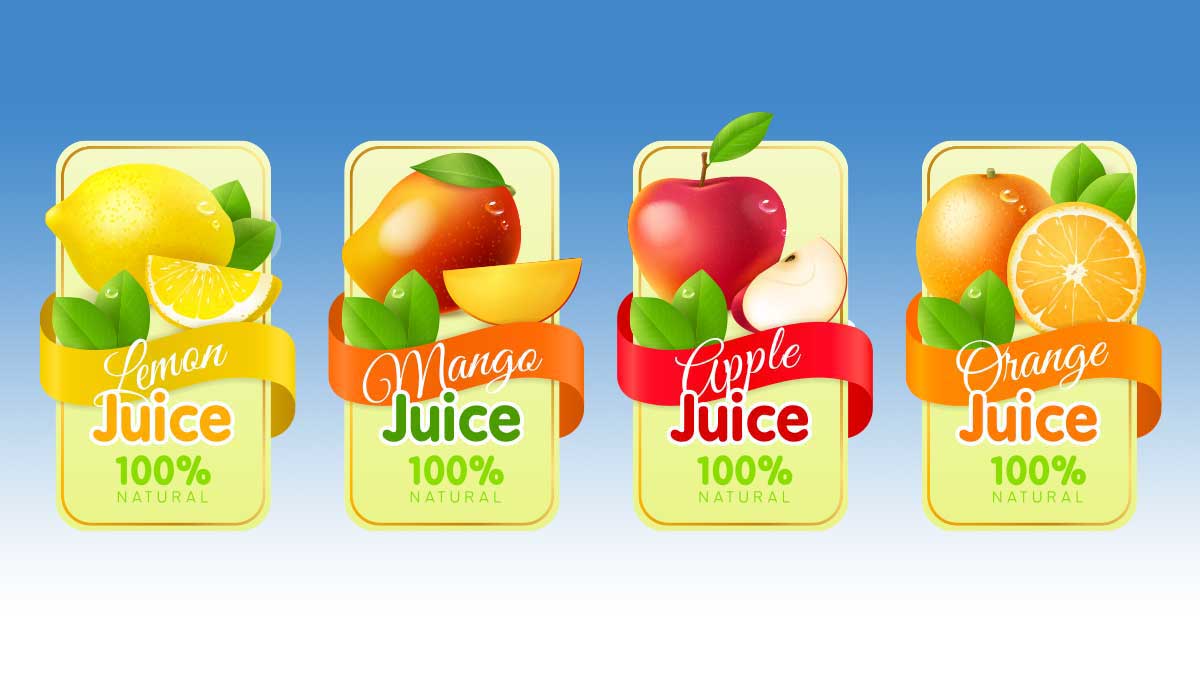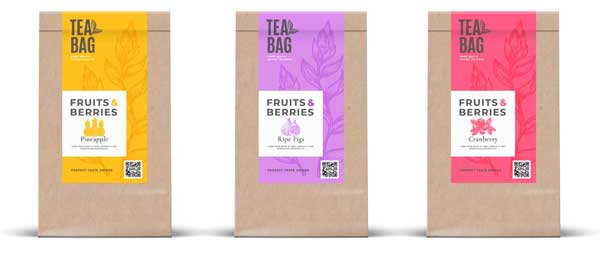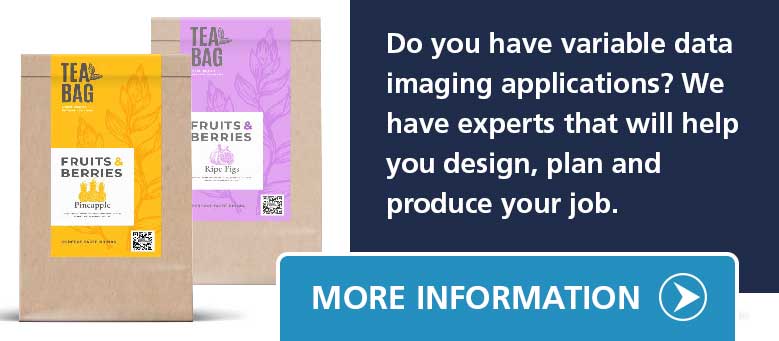How tough is the competition for consumer products? The average grocery store carries more than 39,000 products and if you sell online, that number increases exponentially. Although e-commerce gives consumers more shopping options than ever before, the digital environment is often one where smaller brands can thrive. Exposing customers to a broader range of options increases the variety of an existing product, creates opportunities to attract a wider and more diversified audience and provides current customers with additional options. Plus, because an extension to a current product line rarely requires new equipment to produce, it can increase economies of scale and lower unit costs. On the other hand, line extensions don’t come without their challenges. For example, managing a line extension can increase packaging complexity, taxing marketing and packaging teams. But, implementing steps such as multi-version labeling can simplify these challenges. Here are 4 benefits of using multi-version labeling that simplify the process.
What Is Multi-Version Labeling?
Multi-version labeling is a manufacturing process that allows marketing and packaging teams to combine the benefits of variable information and short-run production with the lower unit costs typical of long-run manufacturing. A multi-version label enhances your brand and reduces the time it takes to manage multiple SKUs.
Are Multi-Version Labeling & Variable Data Printing The Same Thing?
Multi-version labeling and variable data printing are similar techniques but use different inputs to produce the end product. For example, variable data printing uses the same layout and design throughout the entire run with a blank area where variable information, such as names, messages, lot numbers, expiration dates and more, is printed. Variable data printing requires a digital design file and a spreadsheet or database file for the variable data.
Multi-version labeling allows you to vary the images used on a preset design. These labels print from a digital file the label manufacturer compiles that contains each label’s artwork.
In addition, variable data printing and multi-version labeling complement each other. Designing a multi-version label using a thermal transfer paper that includes a blank white area allows you to print pertinent variable information such as expiration dates and lot numbers prior to applying the label to the product.
Both multi-version labeling and variable data printing simplify managing multiple versions of similar products.
The Benefits Of Multi-Version Labeling
Foods, beverages, bath and beauty, and household products are just a few examples of items that come in various assortments, flavors, scents and formulations. Managing all the options creates problems that multi-version labeling helps to alleviate.
1) Saving Time and Money
Designing, updating, ordering and inventorying each unique label adds time and complexity to managing your product line. Using a preset design and varying the images to coincide with different items, decreases the number of unique pieces you need to maintain, reducing design demands and reorder time.
In addition to the cost of your time, it also reduces costs by increasing production efficiencies. Typically, when producing a label, each unique item requires the manufacturer to stop the press, change plates and restart once the new plate is installed. Multi-version labeling allows you to use the same layout and design but print multiple label versions without stopping the press. This increases production efficiency which translates into lower unit costs and substantial bottom-line savings.
2) Single Layout Design
Designing effective labels for multiple items in a product line and managing each one throughout the product life cycle is a time-consuming process. A single layout design allows you to develop just one version of the label and add variable data, eliminating the need for multiple unique label designs.
3) Personalized Design
Multi-version labeling also provides personalized design opportunities that you can use to feature any number of options including colors, tag lines, designs targeting different audiences, special promotions and more.
4) Product Tracking
Variable data can simplify the product tracking process. Applying a unique number to a product label or adding a small informative label to raw materials streamlines product tracking throughout the supply chain. This variable data allows manufacturers, distributors and consumers to easily identify a product if an error occurs and expedites the manufacturer's ability to fix it.
See how easy it is to design and order a multi-version label.
How Multi-Version Labeling and Variable Data Printing Work Together
A company introduced a new brand of natural preserves, jams, and jellies. Although each category had the same brand name and required a similar label, the product names, flavors, ingredients and other information for these 20 new SKUs were different. In addition, with a new line of products that the company sells both online and in some retailers, predicting demand was difficult.
So to simplify the challenge of managing 20 unique SKUs, forecasting expected demand, ordering the appropriate amount of product labels and hoping for the best, they decided to use the multi-version labeling process. This allowed them to use their master brand design and vary the images to coincide with each product. Instead of printing 20 unique labels that each required its own design, there was one primary label design and 20 images that coincided with each item. This saved time, reduced the cost of the graphic design process and simplified product label inventory management. Even more important with a new brand, it reduced the cost of the product labels. Using multi-version labeling allows them to design a master version containing the common elements for all 20 flavors and then copy the design to create a new version by simply editing the variable elements. Plus it allowed them to order in small lots, as little as 500, until they were better able to forecast product demand and the product label print quantities required to keep an appropriate amount in stock.
Further, the master design contained a blank white rectangle area that they used to apply lot numbers, expiration dates and other variable data when the product was labeled. In addition to foods, beverages, bath and beauty, and household products, life science companies use multi-version labeling for clinical trial medications.
Multi-Version Labeling From United Ad Label
United Ad Label, and our parent company RRD, provide an unmatched level of multi-version labeling options. With manufacturing facilities located nationwide and a knowledgeable technical team, we deliver the economical and high-quality labels you need to timely and effectively market your products.



